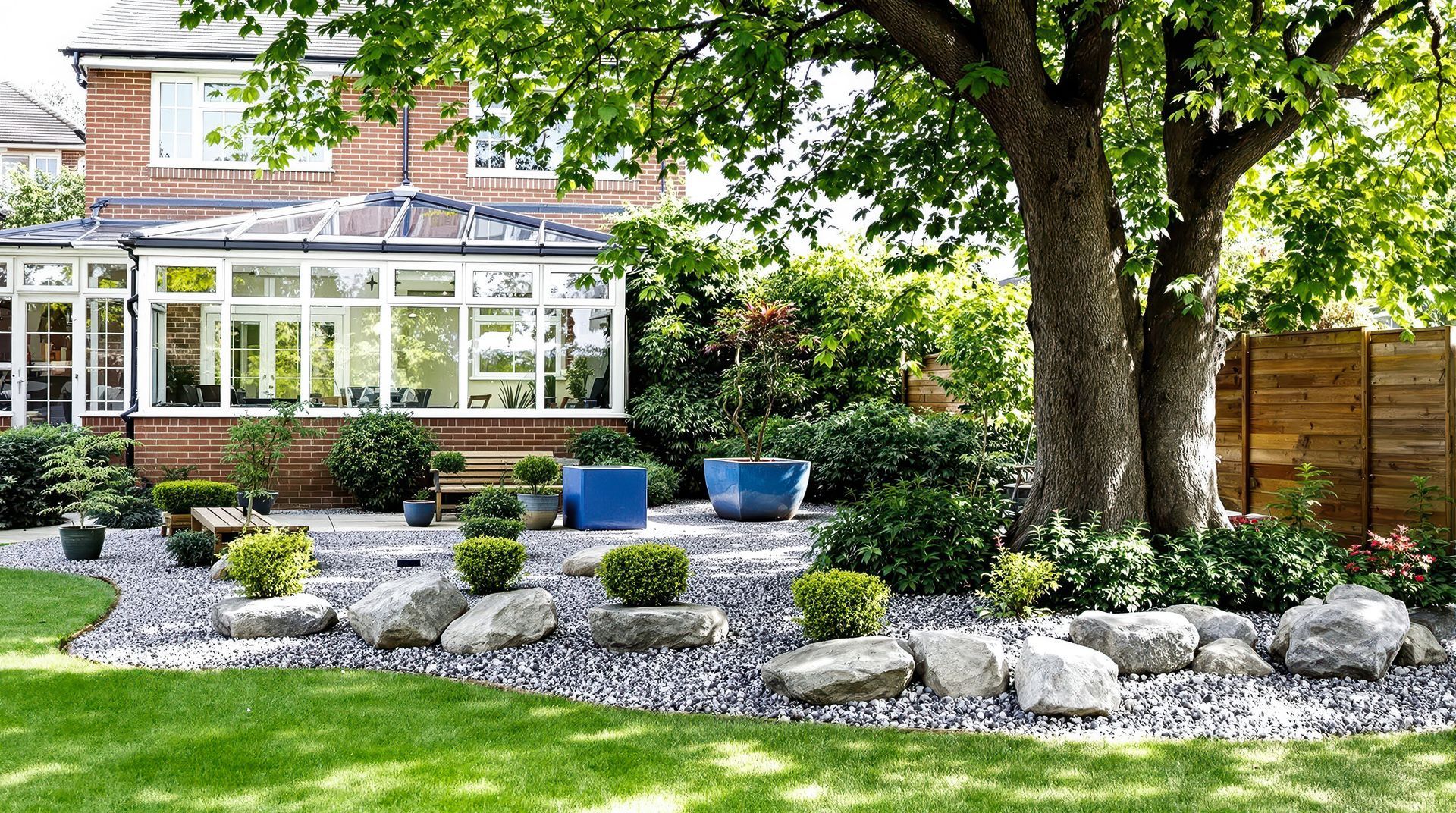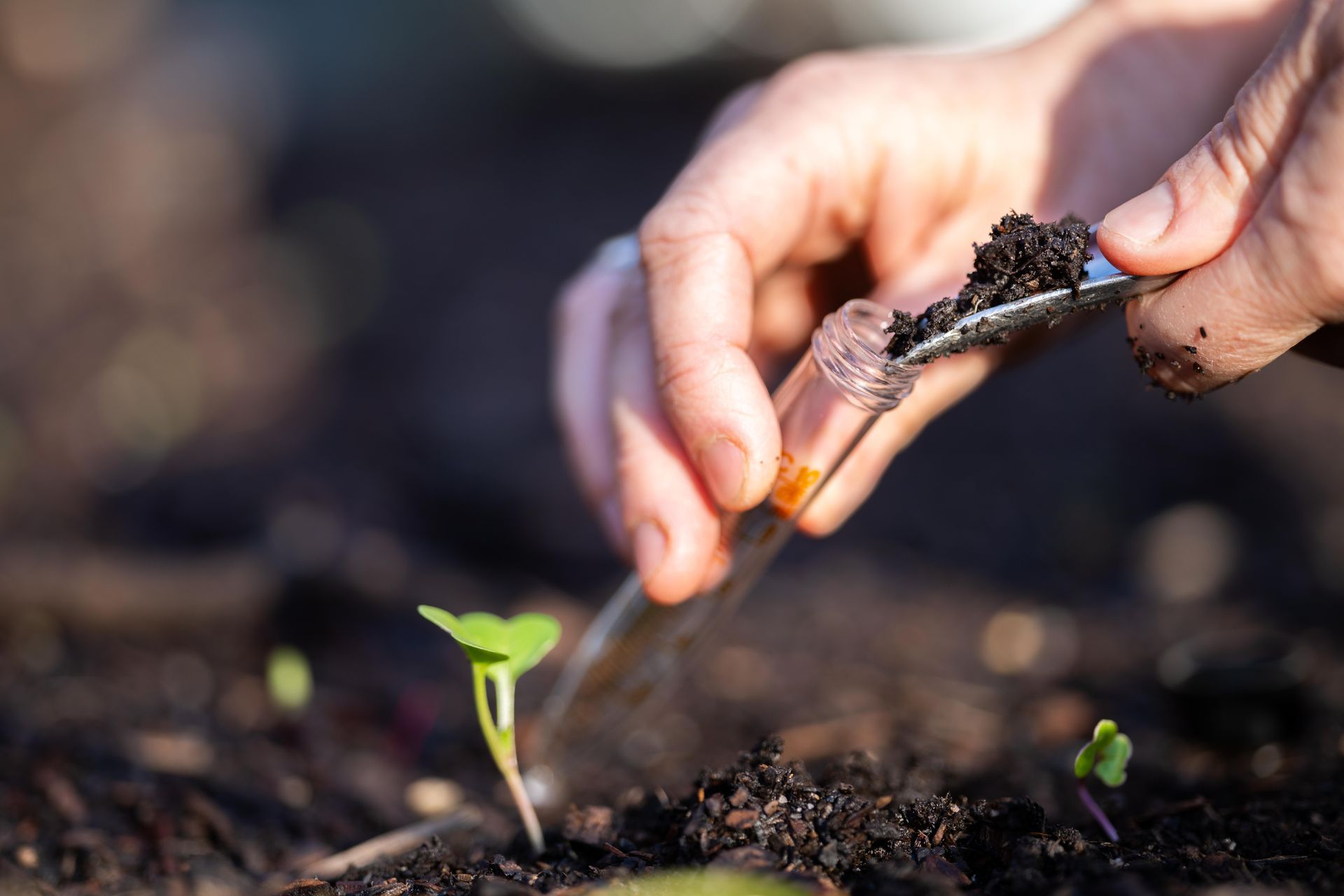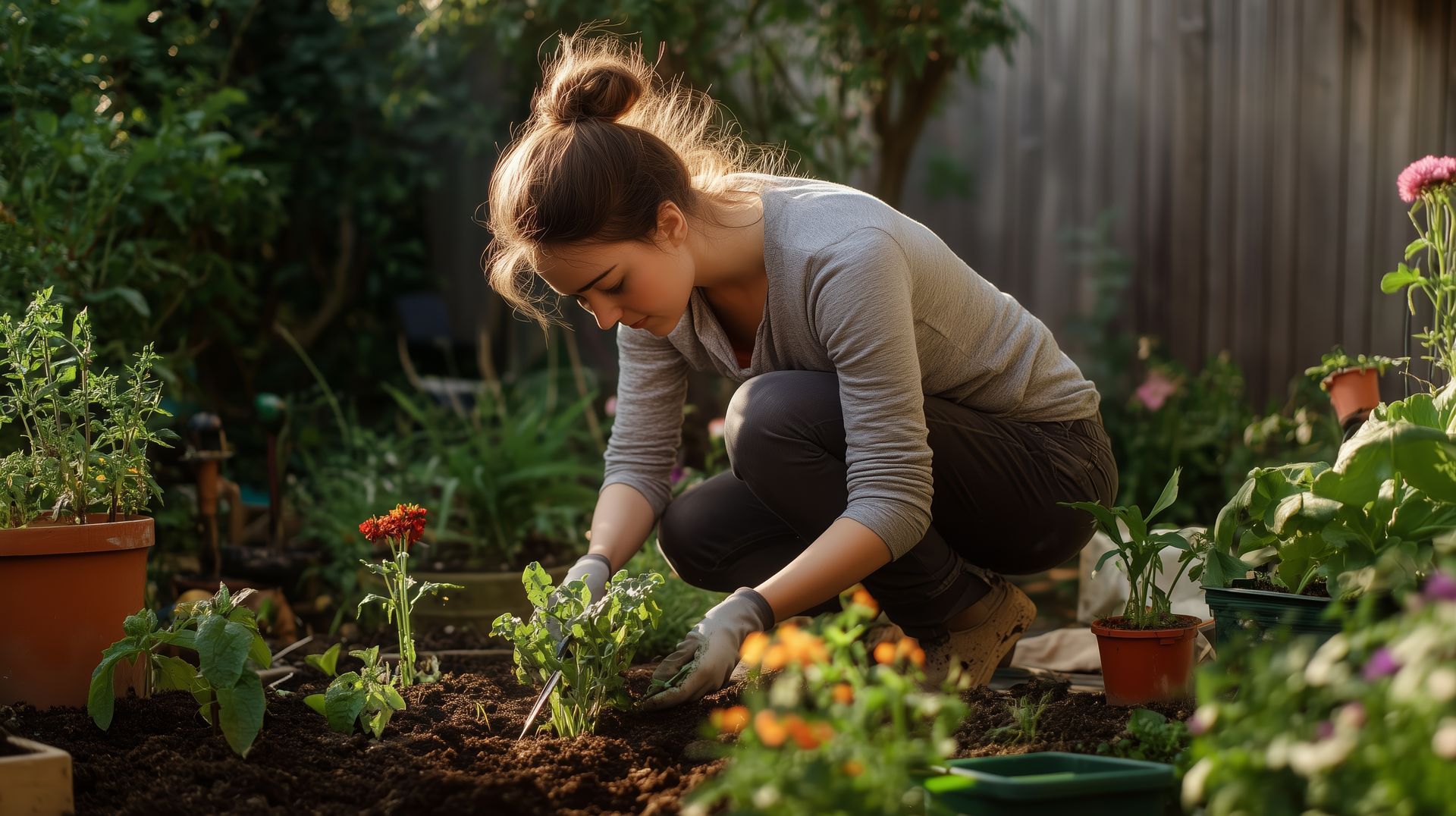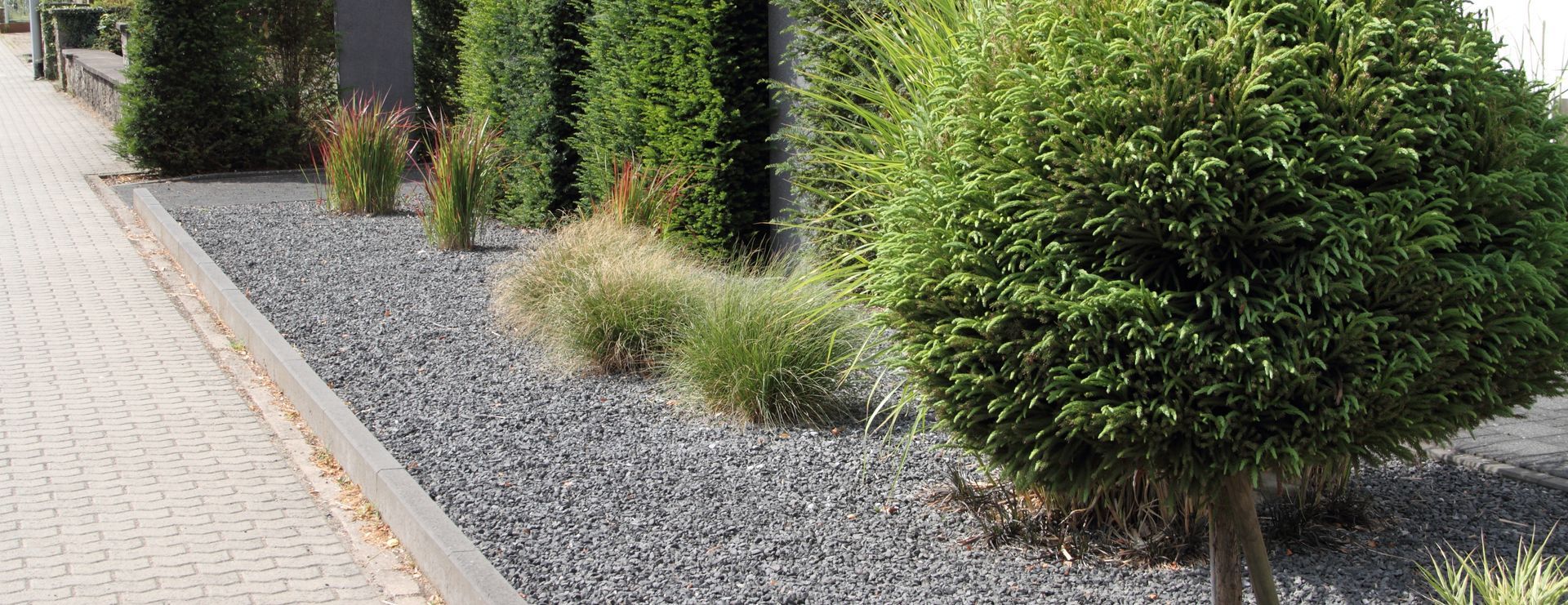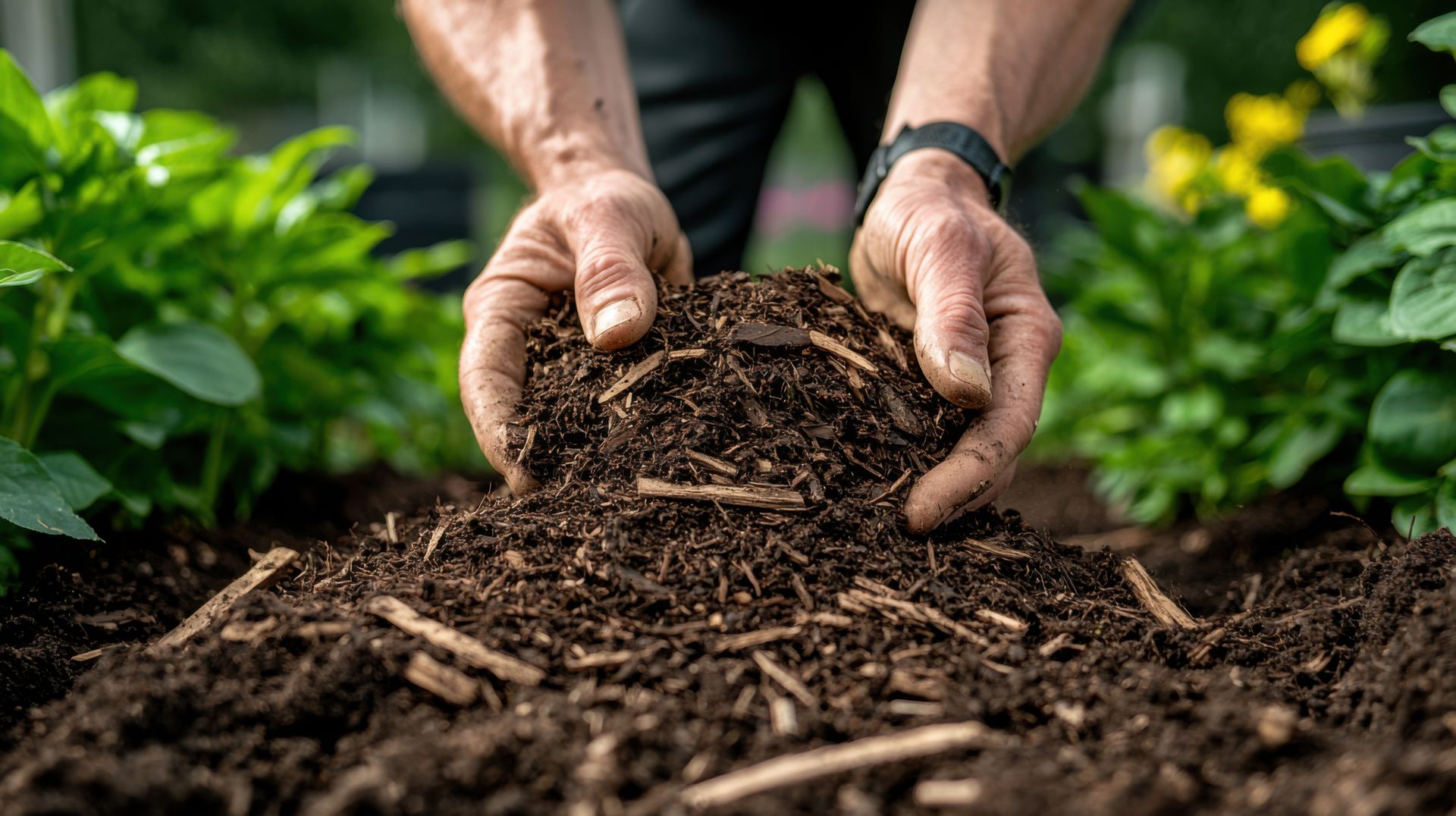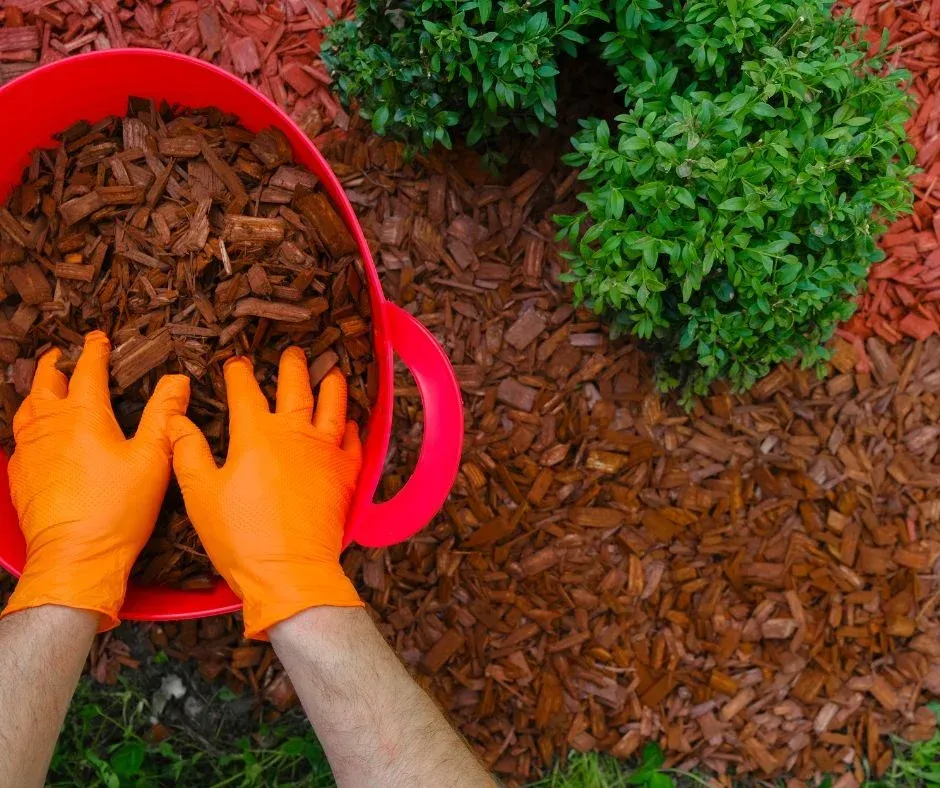Soils: The Foundations of Life
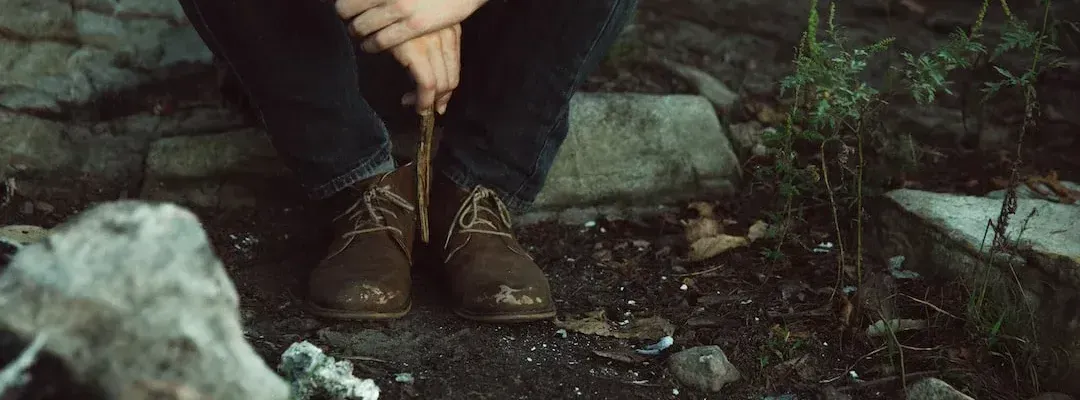
Soil is essential to life on Earth
Soil is essential to life on Earth. It is the foundation of terrestrial ecosystems and the root zone for most terrestrial plants. Soil water is an important reservoir for many organisms, and soil minerals are key resources for plants, animals, and humans.
Soils are also an important filter for many environmental contaminants, such as pesticides, and they can play a role in climate change. Yet soils are often taken for granted, and they are under threat from a range of human activities.
In this blog, we will explore the importance of soils and the threats they face. We will also learn about what we can do to protect soils and reduce the negative impacts of human activities on this vital resource.
Soil is a non-renewable resource
Soil is a non-renewable resource, which means that it can’t be replaced quickly. It takes thousands of years to develop a single inch of soil, and most of its components are irreplaceable. As soils are lost, degraded, or contaminated, the replacements must come from existing soils. This is why it is crucial to sustain healthy soils so that future generations can benefit from them.
In addition, soils are a finite resource, meaning that once it has been used up they cannot be replenished. As the world population increases, there will be more demands on limited land and soil resources. This puts soils at risk from over-farming, overgrazing, and deforestation. In turn, this can lead to soil degradation and erosion, which has serious consequences for soil health and food security.
We must act now to protect soils and maintain their fertility and productivity. A key element of this is sustainable agriculture, which focuses on reducing soil erosion and conserving soil quality by implementing soil management practices such as crop rotation, cover crops, and reduced tillage. To protect soils, individuals and communities can also help by reducing their use of fertilizers, pesticides, and other pollutants, and planting trees and other vegetation to reduce the impact of erosion.
The soil food web
The soil food web is a term used to describe the interdependence between soil organisms, plants, and the environment. It is based on the idea that living organisms need nutrients to live and grow, and that the organic matter of the soil is the primary source of energy for these organisms.
Soil organisms interact with each other and with the rest of the soil, air, and water to create a complex web of living, decomposing, and nutrient-cycling organisms. The soil food web helps support healthy soils, by providing nutrients for plants and breaking down pollutants.
A healthy soil food web is essential for soil productivity and quality. Soil organisms play an important role in soil health, providing many essential functions such as breaking down organic matter, cycling nutrients, releasing minerals and other essential nutrients, controlling pests, and improving water infiltration and water retention.
To maintain healthy soils, it is important to nourish the soil food web with organic matter while avoiding the use of chemicals that can harm beneficial soil organisms. By doing this, we can help ensure the health of the soil and its vital role in the production of food, fiber, and other resources.
Soil erodes
Soil erosion occurs when the natural environment is disrupted by the actions of humans or natural phenomena such as floods, storms, or wind. Soil erosion is the loss of topsoil, leading to changes in soil structure, drainage, fertility, and productivity.
Soil erosion can have a significant impact on the environment. It can reduce the amount of fertile land available for crop production, leading to soil degradation, desertification, and increased risk of drought. It can also lead to soil compaction, reduced water infiltration, and increased runoff, which can cause flooding and damage the landscape.
Soil erosion is affected by a variety of factors, such as land use, topography, and climate. Practices that help reduce soil erosion include minimizing land clearing and plowing, maintaining buffer strips and sedge meadows, and increasing crop rotation.
For a more detailed look at how to deal with soil erosion, it is recommended that you consult a professional consultant or refer to guidance provided by your local agriculture department. By taking steps to reduce soil erosion, you can help restore fertility and productivity to the land, ensuring that the benefits of healthy soils are shielded from potential damage.
The soil carbon sink
The soil carbon sink is the ability of soils to contain carbon. It is also known as soil organic carbon or SOC. Soil organic matter is composed of about sixty percent carbon, making this type of carbon sink one of the largest and most critical.
Soils store more carbon than the atmosphere and vegetation combined. This is why healthy soils are essential for reducing atmospheric carbon levels and mitigating the effects of climate change. Soil organic carbon is a major component of soil health, and it plays a vital role in soil fertility and plant growth.
Soil organic matter is essential for improving soil structure and keeping soils healthy. It is also a great source of energy and nutrients for microorganisms, which in turn, helps break down organic matter. This process of organic matter breakdown is integral to the whole cycle of life.
Maintaining soil organic matter levels is crucial for a successful agricultural operation and healthy soils in general. Some practices that can help maintain and improve soil organic matter levels include reducing soil disturbance, increasing cover crops, composting, and using rotation systems.
By taking steps to reduce soil erosion and increase soil organic matter levels, we can maintain the long-term health of our planet and contribute to the health of our environment.
Building healthy soils
Soil health is an important consideration in maintaining and improving carbon levels in the soil. Healthy soils can provide the requirements to support plant life while maintaining large quantities of carbon. They can store more carbon than degraded lands and can better benefit agricultural lands than unhealthy soils.
Making sure soils have a healthy balance of organic material and minerals is the first step to achieving healthy soils. This can be done by incorporating organic matter through composting, crop rotation, and cover cropping. In addition, reducing soil disturbances such as tillage can help maintain soil structure and prevent erosion.
These practices can help increase soil organic matter and build the soil’s capacity to store carbon and support plant life. Above all, healthy soils provide the essential foundation for sustainable agricultural and land use operations, which are instrumental to keeping carbon levels under control and mitigating the effects of climate change.
North County Supply is the only shop you'll need for all of your landscape material needs!
We carry a wide variety of materials including mulch, playground chips, soil, and more!
Our knowledgeable staff is always happy to help you find what you need and answer any questions you may have.
Call us at 760-744-3444
North County Supply's Service Locations: San Diego, Escondido, San Marcos, Vista, Oceanside, Carlsbad, Chula Vista, El Cajon, Poway, Santee, Encinitas, Valley Center, La Mesa, Temecula, Murrieta, Coronado, Del Mar, Alpine, Lakeside, Fallbrook, Daley Ranch, Hidden Meadows, Menifee, Solana Beach, Carmel Valley, Ramona, Torrey Pines, Rancho Penasquitos.
